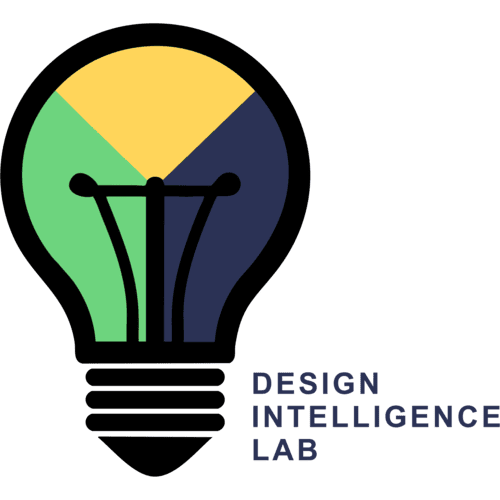Abstract
When you are on a team with others and you want to persuade your teammates about something, what do you do? Among other things, you may argue for your opinion using an analogy or a case. Although they do not use the term case, Ramage et al. [2] refer to these kinds of arguments as “Resemblance Arguments” (p. 238). There are two types of these arguments: “1. Arguments by analogy, in which the arguer likens one thing to another by using a metaphor or imaginative comparison” (p. 238, emphasis theirs), and “2. Arguments by precedent, in which the arguer likens a current or proposed event or phenomenon to a previous event or phenomenon” (p. 238, emphasis theirs). I am studying this topic in the context of collaborative, conceptual, biologically inspired design. Biologically inspired design (a.k.a., BID) is a design methodology where designers take inspiration from nature to aid their designing. By collaborative, I mean that a team conducts BID. By conceptual, I mean the designing occurs during the conceptual phase of design. I intend to explore the relationship between the knowledge and perspectives held by a person (and/or between people) and arguments involving analogies and/or cases. For example, to what extent do the knowledge and perspective differences between people and what those people know about each other’s knowledge and perspectives influence resemblance arguments? Differences may be large between teammates with different cultures (e.g., different professional disciplines) because their knowledge and perspectives are less likely to intersect than between people of the same culture. Therefore, BID represents an interesting context for this topic because, at least in a class where we have studied BID, BID involves interdisciplinary design teams.
